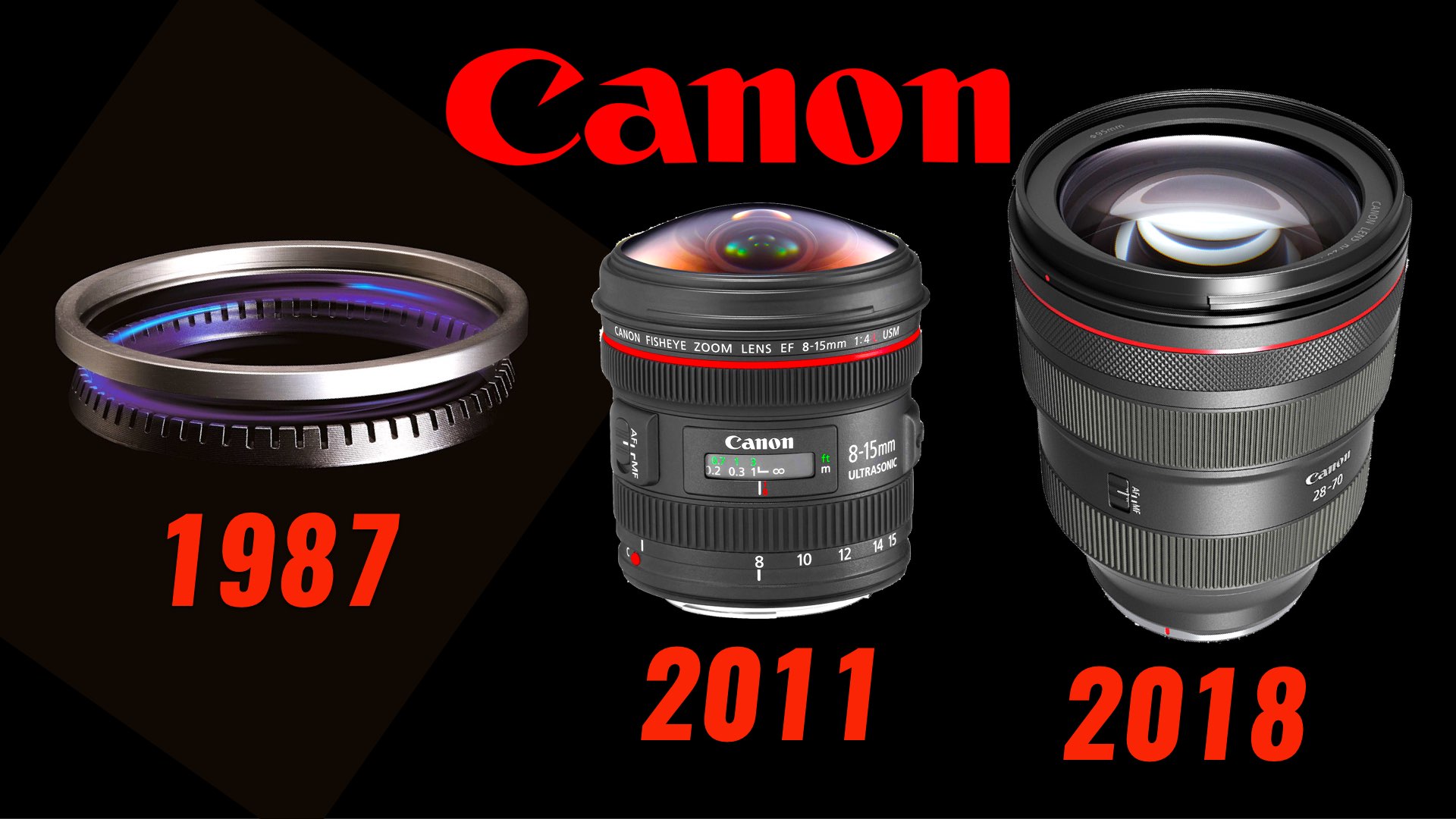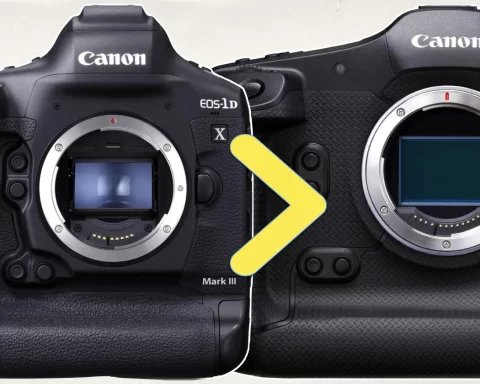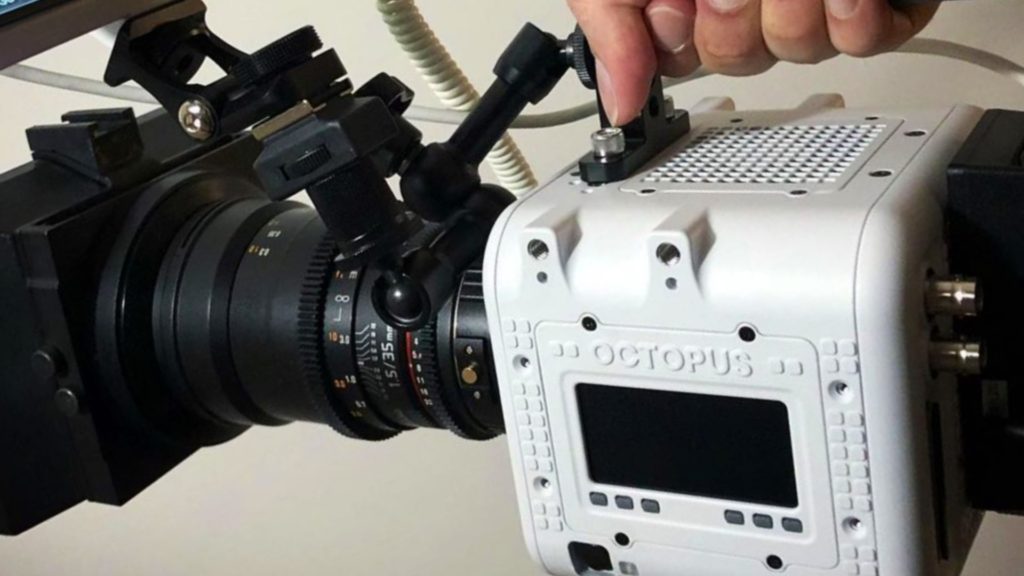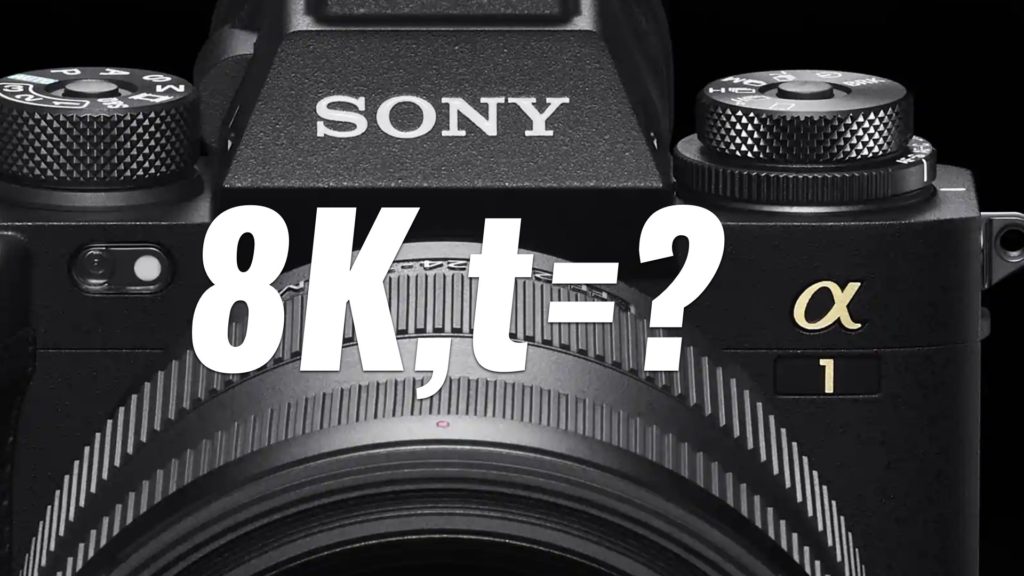Canon announced today the achievement of a new lens-manufacturing milestone with the production on January 2021, of the Company’s 150-millionth RF and EF series interchangeable lens for EOS cameras. Let’s get a quick and fascinating overview of Canon’s journey regarding its lenses and technologies, which started in 1987 till today. Here is the evolution of Canon’s EF and RF lenses.
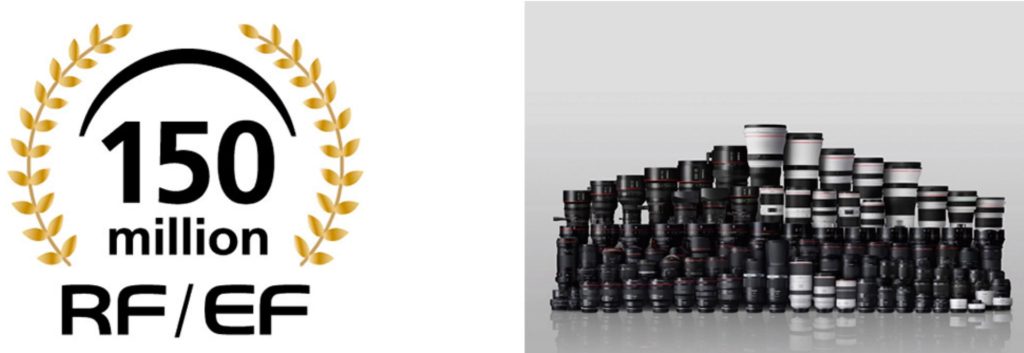
34 years of lens manufacturing
Canon’s proprietary EF lenses, launched in March 1987 along with the EOS SLR camera system, have continued to evolve since their introduction, leading the industry through the incorporation of a wide range of innovative technologies, including such world’s first as the Ultrasonic Motor (USM), Image Stabilizer (IS) technology, and a multilayered diffractive optical (DO) element. Explore the summary below: From USM to the RF.
1987: The born of the USM
The production began in 1987 with the EF 300mm f/2.8L USM, which was the World’s first use of a lens-based Ultrasonic Motor (USM). The technology helped to deliver fast autofocusing by converting ultrasonic vibrations into rotational energy, which makes possible quiet, smooth AF drive performance. Over the years, RF and EF lenses have gained support from a wide range of users and production has since expanded to a total of four manufacturing bases.
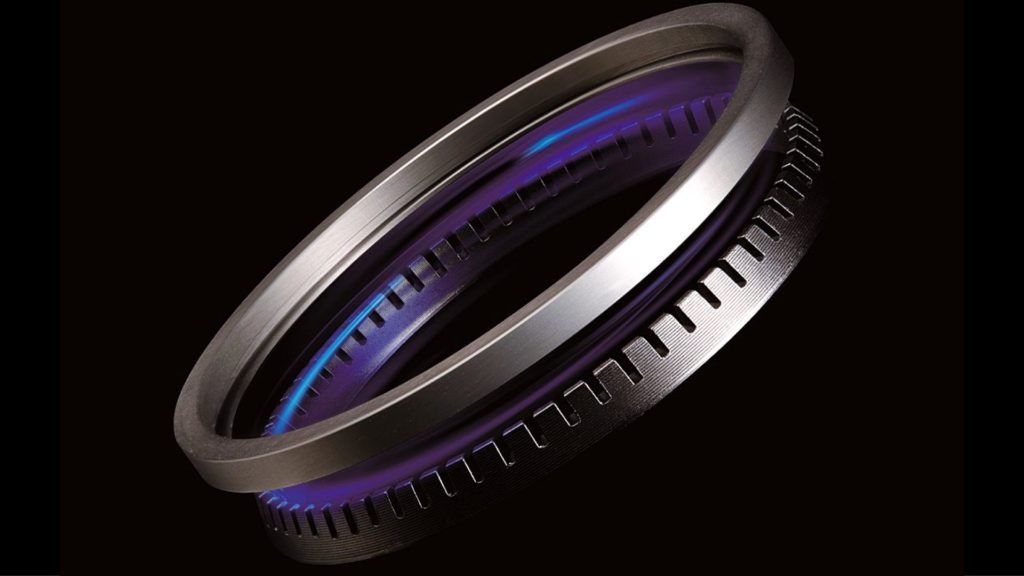
1995: World’s first use of Image Stabilizer (IS) technology
The Canon EF lens production passed the 10-million-unit mark in 1995 which was the year of the invention of IS (Image Stabilizer) technology that was first implemented into the EF75-300mm f/4-5.6 IS USM lens. The IS technology helped to expand the possibilities for handheld photography.
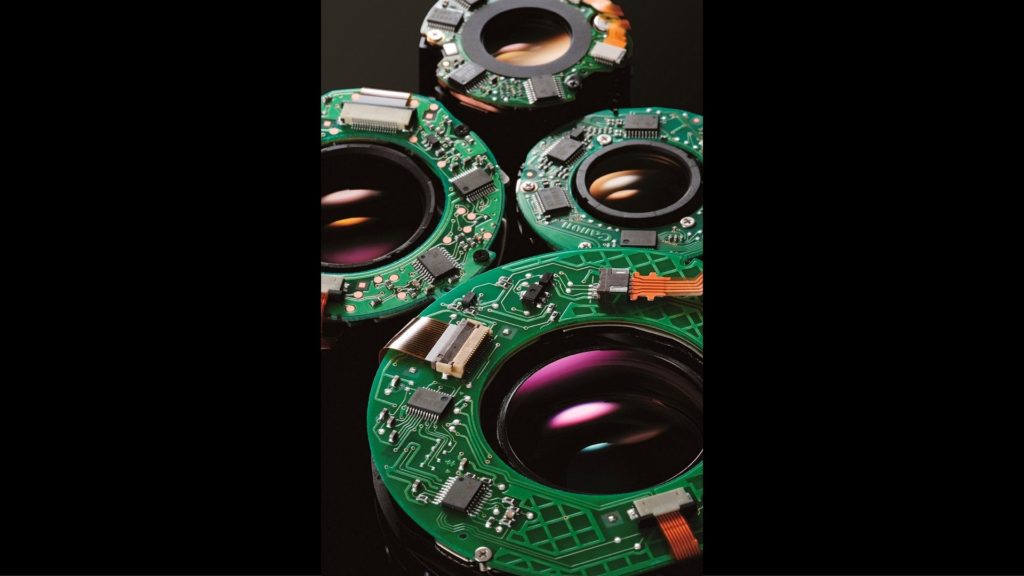
2001: World’s first use of a diffractive optical (DO) lens element
Diffraction is an optical phenomenon in which light waves bend as they pass around the edges of an object. DO lens elements use this phenomenon to correct for a variety of aberrations by controlling the path that light travels. The first lens that utilized the DO is the EF400mm f/4 DO IS USM.

2008: Utilization of Subwavelength Structure Coating (SWC)
The world’s first use of Subwavelength Structure Coating (SWC) was implemented on the EF24mm f/1.4L II USM lens. The technology minimizes reflections by aligning countless wedge-shaped structures more minutely than the wavelength of visible light on the surface of a camera lens.

2009: Hybrid IS
The first use of Hybrid IS occurred in 2009. The technology compensates for both angle camera shake and shift camera shake and was manufactured into the EF 100mm f/2.8L Macro IS USM lens. Hybrid IS is basically an algorithm that optimally adjusts for camera shake based on information gathered by two sensors located in the lens. By precisely driving the optical correction system, the technology simultaneously corrects for angle and shift camera shake.
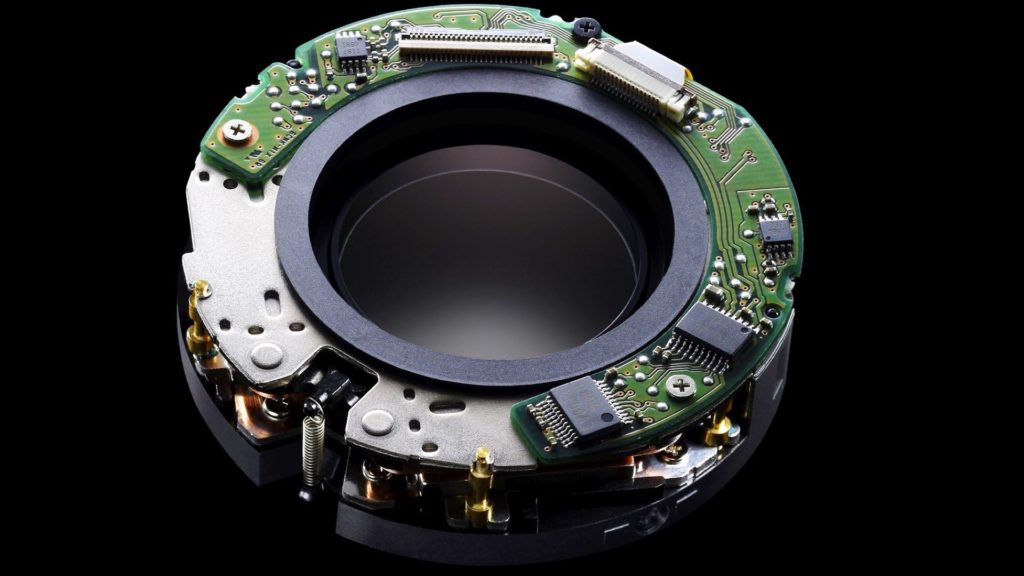
2011: The fisheye revolution
The EF 8-15mm f/4L Fisheye USM lens was announced in 2011 and it was the world’s first fisheye lens to deliver both 180-degree diagonal angle of view and 180-degree circular fisheye. The EF 8-15mm f/4L Fisheye USM enables the capture of images with dramatic deformations, exaggerated perspectives, and extreme depths of field, making possible images that are significantly distorted, similar to what a fish might see were it to look skyward from under the water surface.
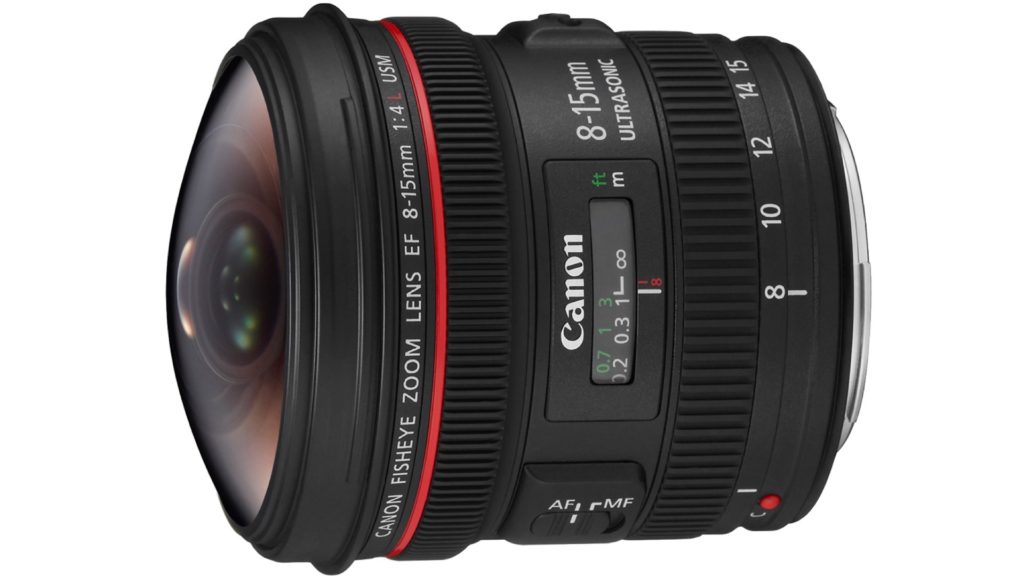
2013: Internal extender
This year, the EF200-400mm f/4L IS USM Extender 1.4x was announced as the world’s first super-telephoto zoom lens to employ an internal extender. Featuring a built-in 1.4x extender, the EF200-400mm f/4L IS USM Extender 1.4x’s zoom range can be expanded with a simple one-touch operation even in locations where users are unable to switch lenses.
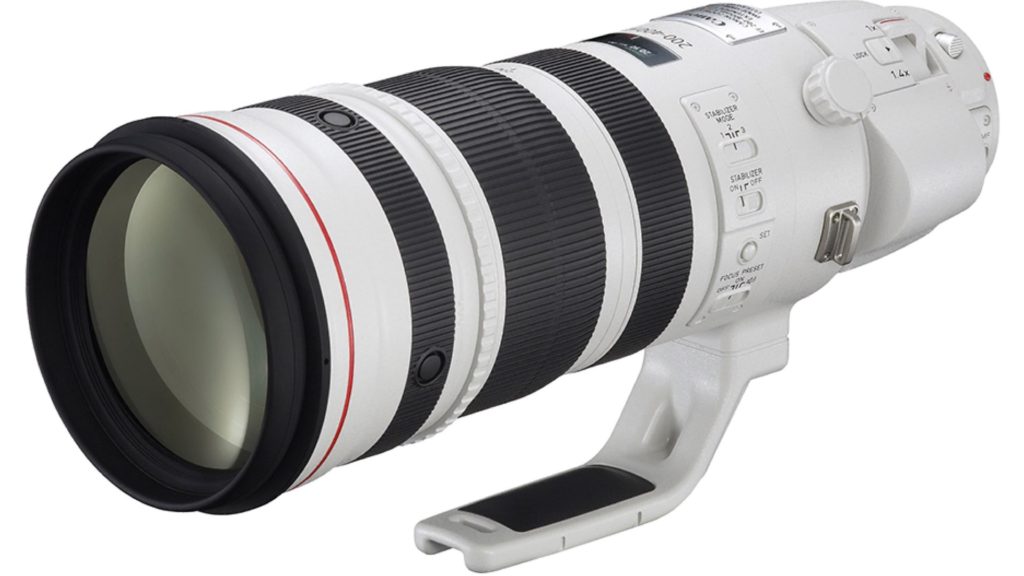
2014: Manufacturing of 100 million interchangeable lenses
In April 2014, the Company celebrated its first-in-the-world achievement of having manufactured 100 million interchangeable lenses. The EF 11-24mm f/4L USM was launched a year after, presenting ultra-wide-angle 11mm minimum focal length. In addition to achieving the world’s widest angle of view starting at a minimum focal length of 11 mm, the EF 11-24mm f/4L USM effectively corrects for aberrations commonly associated with ultra-wide-angle lenses, delivering enhanced image-quality performance.
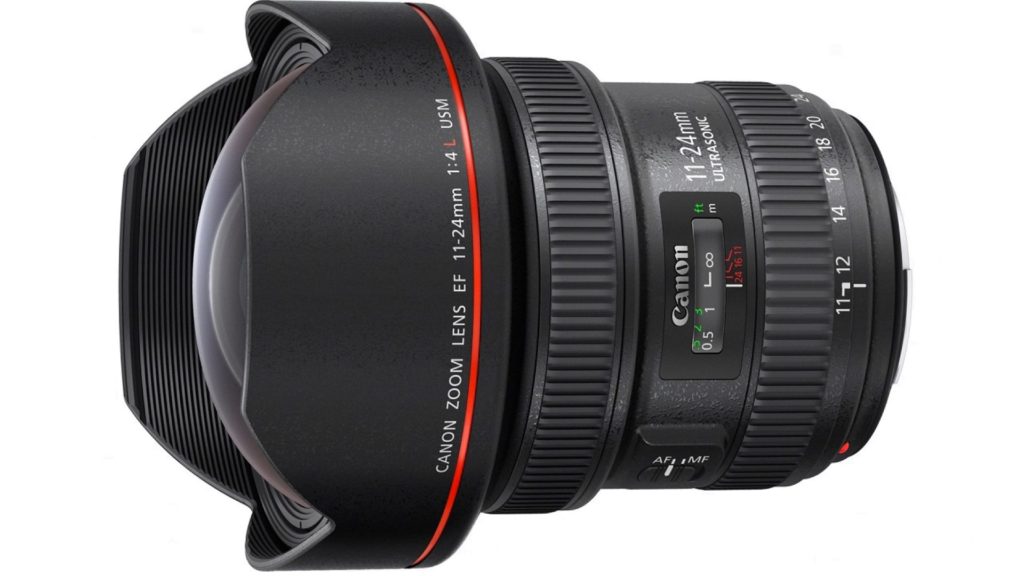
2018: The born of the RF
The RF 28-70mm F2 L USM was introduced as a lens that employs a large internal mount diameter and a short back focus to realize an f/2 aperture across the entire zoom range, a feat which was considerably difficult for EF series lenses. To date, a total of 19 RF lens models have been released.
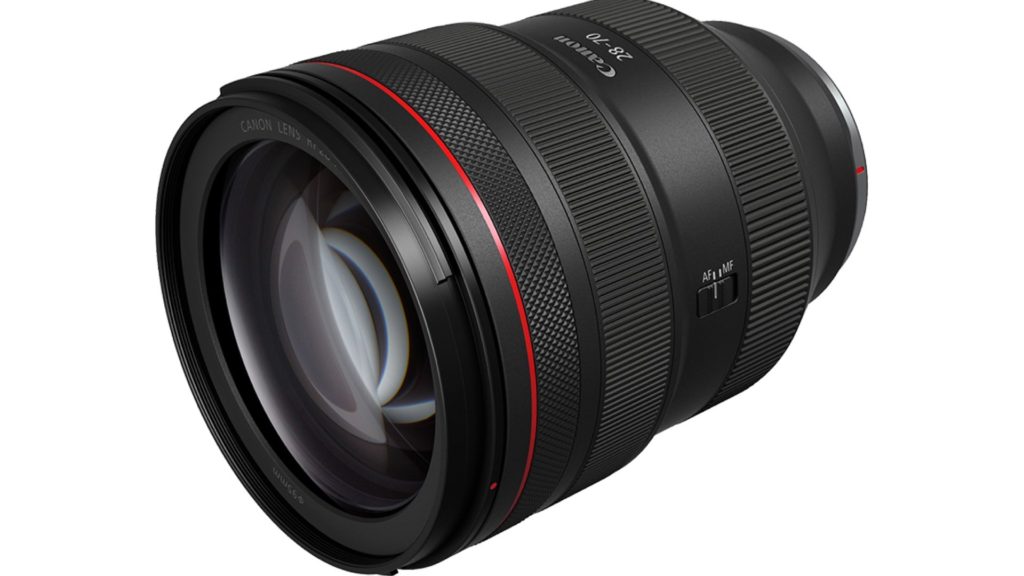
2021: Manufacturing 150-millionth RF and EF lenses
In 2021, Canon sets a new world record of manufacturing 150-millionth RF and EF lenses. Canon states that laid end-to-end, all of the RF and EF lenses Canon has manufactured thus far would measure approximately 12,450 km in length — nearly equivalent to the Earth’s diameter, which measures approximately 12,742 km.
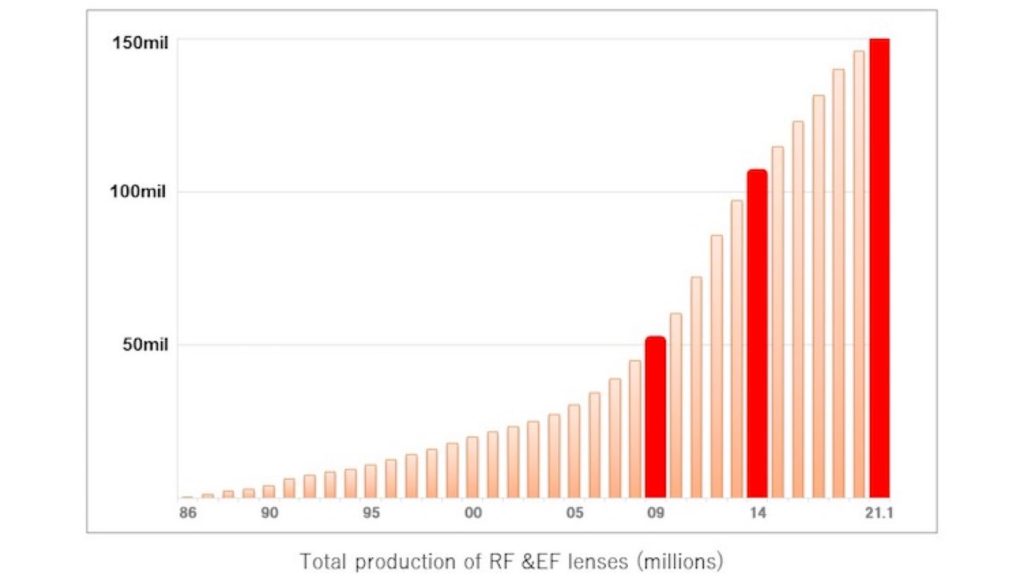
Summary
Indeed, it’s awe-inspiring to explore how a leading manufacturer manages its race according to the market demands. This is a reference for an evolution of lenses paralleled to the development that occurred in digital cameras. From the first USM to the advanced RF glass with a lot of technology achievements and solutions added, Canon is one of the most dominant lens manufacturers in the market of electronic lenses.

